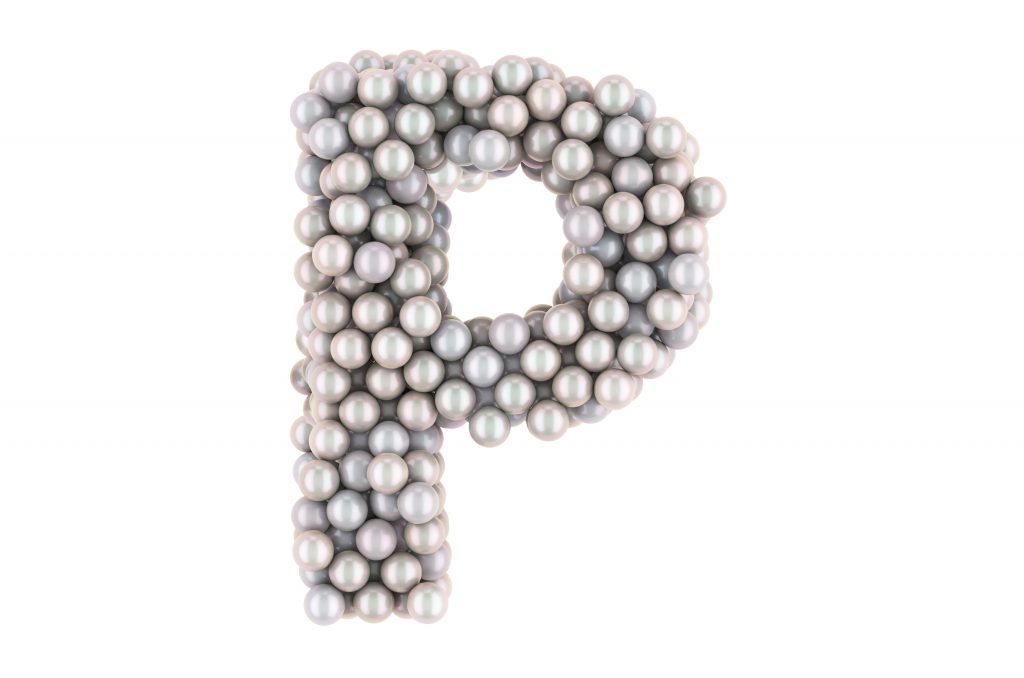
Pearl
A pearl is a hard, glistening object produced within the soft tissue (specifically the mantle) of a living shelled mollusk or another animal, such as fossil conulariids. Just like the shell of a mollusk, a pearl is composed of calcium carbonate (mainly aragonite or a mixture of aragonite and calcite) in minute crystalline form, which has deposited in concentric layers. The ideal pearl is perfectly round and smooth, but many other shapes, known as baroque pearls, can occur. The finest quality of natural pearls have been highly valued as gemstones and objects of beauty for many centuries. Because of this, pearl has become a metaphor for something rare, fine, admirable and valuable.
Etymology
The English word pearl comes from the French perle, originally from the Latin perna ‘leg‘, after the ham- or mutton leg-shaped bivalve.
The scientific name for the family of pearl-bearing oysters, Margaritiferidae comes from the Old Persian word for pearl *margārīta- which is the source of the English name Margaret.
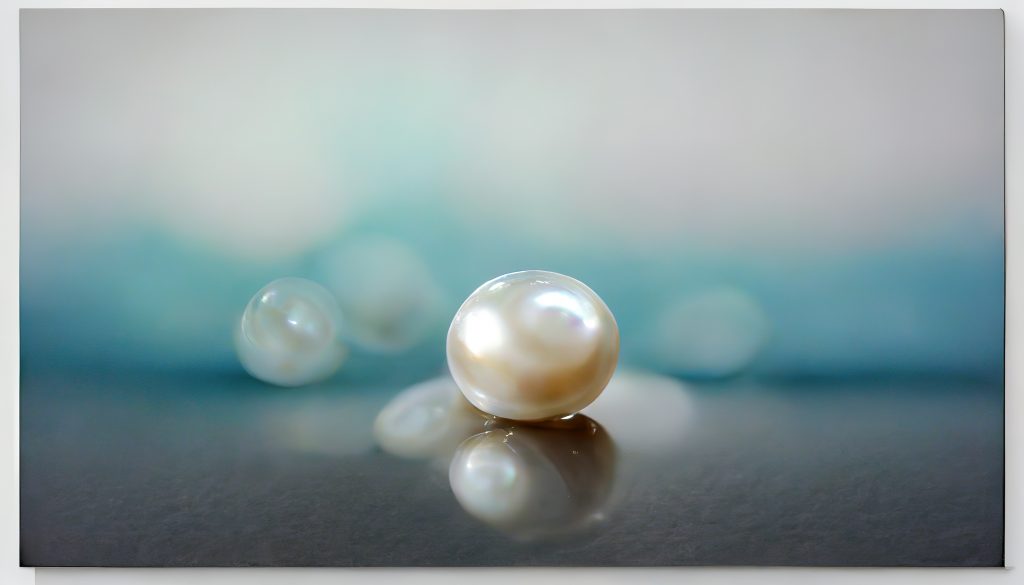
Physical properties
The unique luster of pearls depends upon the reflection, refraction, and diffraction of light from the translucent layers. The thinner and more numerous the layers in the pearl, the finer the luster. The iridescence that pearls display is caused by the overlapping of successive layers, which breaks up light falling on the surface. In addition, pearls (especially cultured freshwater pearls) can be dyed yellow, green, blue, brown, pink, purple, or black. The most valuable pearls have a metallic, highly reflective luster.
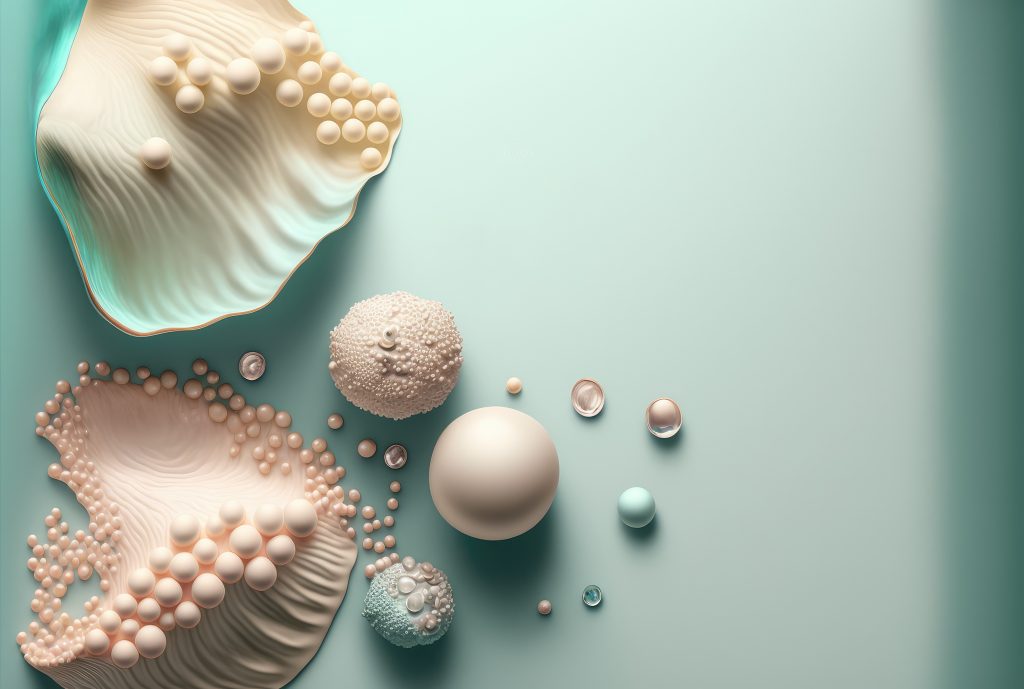
Colour
The colour pearl is a pale tint of off-white. It is a representation of the average colour of a pearl.
The first recorded use of pearl as a colour name in English was in 1604.
The colour is used in interior design when an off-white tint is desired.
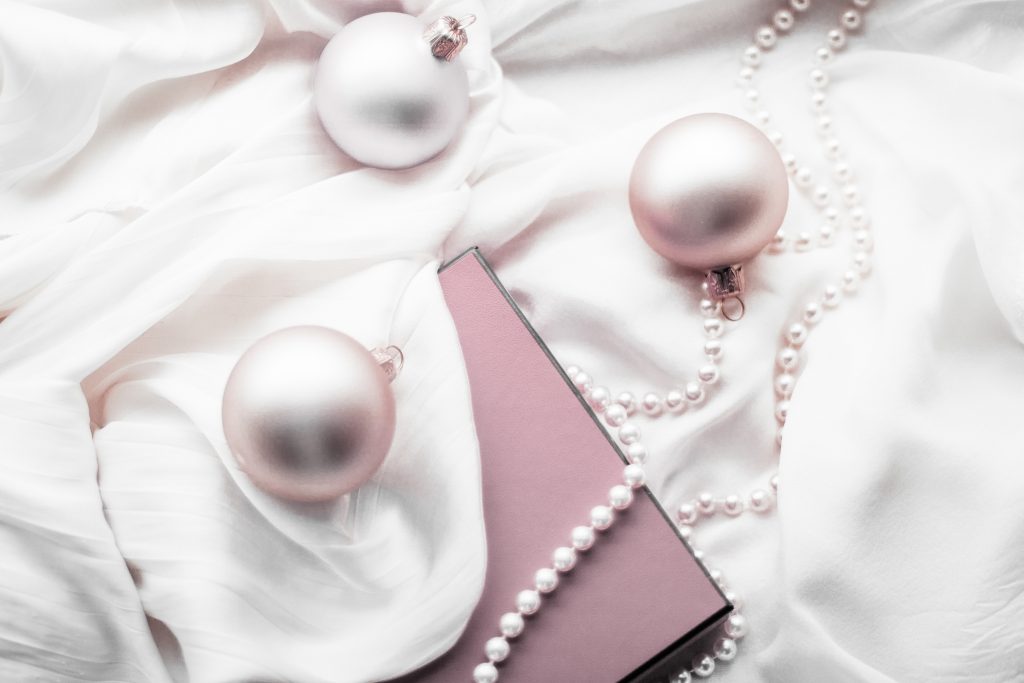
Saltwater Vs. Freshwater
As to origin, there are 2 kinds of pearls: saltwater pearls and freshwater pearls.
As the name suggests, saltwater pearls are pearls produced by mollusks who live in seas and oceans. They can be both natural or cultured, and they command higher prices than their freshwater counterparts.
Freshwater Pearls
Freshwater pearls come from mussels and are usually cultivated in China, being the largest producer of freshwater pearls. The pearls are similar to Akoya but are more affordable.
Saltwater Pearls
Saltwater pearls have 3 main “breeds”, which you may be familiar with: the Akoya Pearls, South Sea Pearls, and Tahitian Pearls. Most saltwater pearls are cultured pearls. They are more expensive because of two things: one, saltwater pearls are larger in size, and two, only one pearl can be implanted per oyster.
Akoya Pearls
Akoya pearls come from the Akoya oyster mostly found in Japan, but can now be found in parts of Australia, China, Thailand, and Vietnam. These saltwater cultured pearls are the first to be cultivated for mass production and the first to perfect the business model is Kasuchi Mikimoto. Because of this, his name has been synonymous with these variety.
South Sea Pearls
Another type of saltwater pearl is the South sea pearl found and cultured in the waters of Indonesia, the Philippines, and Australia. This pearl is the most valuable of all cultured pearls, thanks to its size. South sea pearls measure from 15-16mm in diameter
Tahitian Pearls
The third variety of saltwater pearls is the Tahitian Pearl. This variety comes from the oyster Pinctada margaritifera, otherwise known as the black-lipped oyster.
How Are Pearls Graded?
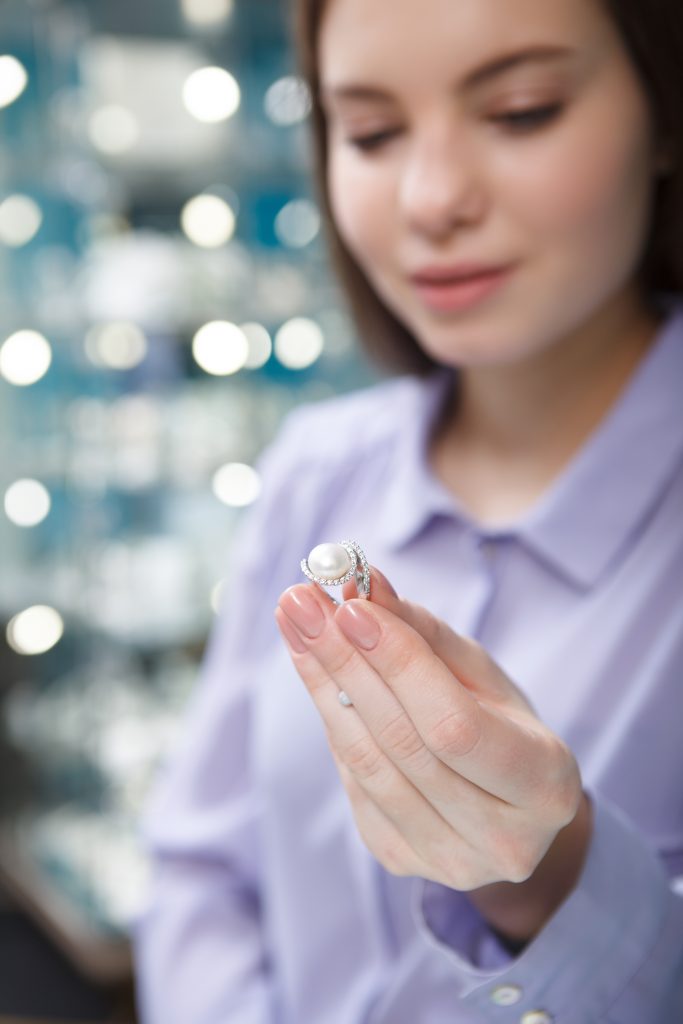
Size
The pearl size is one of the important factors that drive the pearl’s value.
Luster
Another important factor to consider when valuing pearls is Luster, which, together with nacre quality, is one of the most difficult characteristics to value.
Colour
Another tricky to grade is a pearl’s colour. Apart from different shades of white, black, and gold, there are overtones and orient to consider. And the only way to measure them is to compare them with different strands of pearls.
Shape
A perfectly round shape is rare, even for cultured pearls. For a pearl to be classified as round, the difference in diameter on all sides should not exceed 2%. For a gem that is grown inside a living species, that is hard to come by and difficult to culture.
Surface Quality
As a naturally-occurring gem with a Mohs hardness scale of 3.5-4.5, it is common for pearls to have bumps, scratches, spots, and uneven surfaces. Since surface quality affects the durability and the luster of the pearl, the more severe the imperfections are, the more devalued a pearl becomes.
Nacre Thickness
When it comes to nacre, the thicker it is, the more expensive the pearl is valued.
Matching
Finally, we have Matching. This characteristic is more towards pearl jewelry than individual pearl characteristics.
